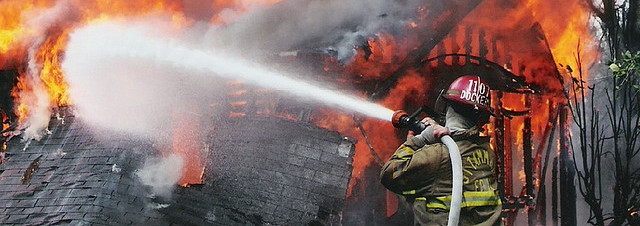The crisis plan is perhaps the second most important thing a company can do to prepare for the inevitable crisis that will befall it. This document, often a large binder of material, has taken on almost talismanic power among corporate communications staffs in major organizations around the world. It is as if simply possessing the plan can somehow ward off a crisis.
These documents are often prepared at considerable effort and expense, after which they are distributed to key staff (the members of the crisis management team) in facilities around the world. Sadly, after this is done, they tend to sit on a shelf gathering dust and growing increasingly irrelevant unless an organization implements mandatory crisis training on a regular basis.
The above notwithstanding, the crisis plan is important and can be critical in the effective handling of a real crisis, but it is not the most important thing a company can do. The key is not the plan, it is the planning. A plan, no matter how well thought out, is a reflection of a particular environment and specific circumstances. These will inevitably change. The planning effort involves the acquisition of skills and the ongoing assessment of situational risks that will continue to serve the organization well into the future.
“In preparing for battle I have always found that plans are useless, but planning is indispensable.” Dwight D. Eisenhower
Thus, elements of the planning process should be an ongoing exercise in the background of day-by-day operations, while the ‘plan’ itself provides a highly flexible framework for crisis management.
The ongoing elements of crisis planning should include periodic SWOT analyses at the operational and corporate level, annual reviews of crisis scenarios and refreshed risk assessments, continual monitoring of media and other information sources to determine if there are new issues that need to be incorporated into the strategic crisis model.
The product of these efforts can then be incorporated into the crisis plan and/or a revised set of crisis scenarios.
This is clearly a big ask for organizations at a time when resources are limited. It is also nowhere near as satisfying as creating a crisis plan document, which has heft and can be shown off to senior management and most importantly represents a project that has a defined end-point. But, like a new car this type of crisis plan starts to lose its value as soon as it is distributed to its end users. On the other hand, with the combination of a flexible plan with an ongoing planning regime the organization can reap important benefits.
The answer to the obvious question of what are the benefits of taking an ongoing approach to crisis planning is more complex than it might seem at first glance. By actively engaging in crisis planning an organization instills a sense of importance in risk assessment. This in turn informs the organization of the importance of compliance with its own code of conduct as well as with all regulatory requirements. This is because compliance is the first line of defense in crisis preparation and one of the most important messages in the crisis communications repertoire.
Beyond crisis planning’s creation of a compliance culture, the staff involved become highly attuned to the organization’s environment and while they are scanning this environment for risks they can also find opportunities.
Ongoing planning also creates a core cadre for the crisis management team who are intimately familiar with the crisis plan and crisis communications methodology and thus will be far more confident and competent in there actual use than would be the case if they were only exposed to them during an annual training exercise or simply when they were on-boarded into the organization.
Thus, crisis planning generates the skills, knowledge and confidence to effectively handle the crisis communications role. The crisis plan provides the communications tools and framework to guide the execution of the crisis communications exercise. Together they create a system that can see an organization through a range of dangerous situations with a minimum of damage or disruption.

Once I originally commented I clicked the -Notify me when new feedback are added- checkbox and now every time a comment is added I get 4 emails with the same comment. Is there any approach you possibly can take away me from that service? Thanks!
Hello Freddie,
Apologies for the delayed reply to your comment. I am sorry for the multiple e-mails your have been receiving from my site. I’m not sure why that is happening but will check with my service provider and see if we can get that sorted out.
Cheers